Modeling of Magnetic Properties of Rare-Earth Hard Magnets
Abstract
1. Introduction
1.1. Basic Information on Magnetic Materials
1.2. Hard Magnetic Materials—Examples of Applications and Their Recovery from e-Waste
- Automotive: motors, alternators, control systems, anti-lock braking systems (ABS), audio systems (loudspeakers), as shown in Figure 2, which depicts just a few specific examples;
- Computer science: hard disk drives, actuators, printers;
- Consumer electronics and home appliances: washing machines, induction cookers, microwave ovens, audio systems, refrigerators, radios and television;
- Electronics: sensors, electro-mechanical transducers, contactless switches;
- Mechatronics: brushless DC motors, permanent magnet synchronous motors;
- Telecommunication: microphones, loudspeakers, switches and relays;
- Medicine: magnetic resonance imaging (MRI) and nuclear magnetic resonance spectroscopy (NMR), surgery;
- Power engineering: wind turbines;
- Aerospace and aviation: gauges, fuel pumps, position and speed sensors, rotor assemblies, air compressors, cryogenic magnets for space, magnetic levitation systems.
1.3. Hysteresis Models Used in Electrical Engineering
2. Materials and Methods
3. Modeling
3.1. The Reversible Curve
- The measured values for saturation polarization reported in Table 2 are higher than their modeled counterparts. The assumption that the true saturation polarization values in the samples may differ from the nominal ones improves the modeling results, as shown in Figure 6. However, we assumed a tolerance of 10% of the value reported in Table 2 only, so that the physical meaning of parameter might be retained.
- Thus, the values reported in Table 2 should be treated as indicators for the first approximation only.
- The trend for the modeled values of saturation polarization is consistent with the trend reported in Table 2.
- The estimated value of the fitting parameter is the highest for the sample 1 and the lowest for sample 3, if we assume that both and are free fitting parameters.
- It is tempting to make conclusions about the microstructural properties of the examined samples (that they are isotropic rather than anisotropic, since the inverse Langevin function yields better results than the area hyperbolic tangent); however, the modeling accuracy cannot be treated as a sufficient for drawing meaningful conclusions about the morphology of the samples, and it should be supported with in-depth material characterization studies.
3.2. The Irreversible Curve
- The original Harrison model relies on the summation of the field contributions representing reversible and irreversible phenomena. After a critical (“bifurcation”) polarization value is obtained, the irreversible field is “latched up” at a fixed value, which is close to the coercive field strength at a given temperature. The internal “effective” field is exclusively related to the irreversible process. There is only one fitting parameter (in physical units represented by the phenomenological “domain coefficient” β, see Equation (21) in [29]).
- In the simplified approach, we attempted to replace the atanh (j) function (which can be found in the original description) with polynomials of the third and fifth order, which contain only odd powers of polarization.
- The approach was motivated by the need to remove the constraints on the values of the model parameters, while retaining the double well energy profile (which is valid for a third-order polynomial in which the odd terms are non-zero, i.e., and We discovered that for the fifth-order polynomial fit of the irreversible field strength, the measured hysteresis loop may be reasonably well described with the modified model for the Pr8Dy1Fe60Co7Ni6B14Zr1Ti3 sample; however, significant discrepancies were observed for the other two samples. This effect may be due to their multi-phase microstructure, resulting in complicated interaction patterns. It could also be related to the use of just two characteristic points on the hysteresis loop that were used to recover its shape.
- In forthcoming research, we plan to examine the possibility of including multi-stability in the analysis of the modified model. As there is a relationship between the assumed form of the h = h (j) dependence and the profile of the Landau free energy, for some combinations of parameter values and a sufficiently high order of the approximating polynomial, it is possible to envisage an energy landscape with local extrema, which correspond to minor energy wells, but are not accessible from an experimental perspective since what is observable, are the global extreme values at the bifurcation points.
- It is obvious that an increase in the order of the fitting polynomial improves the accuracy; however, there is always an interpretation problem in regard to the physical meaning of model parameters. Therefore, we have limited ourselves to fifth-order polynomials, whose even-order terms were fixed to zero. Here, we would like to recall the words from the Noble prize lecture by P. W. Anderson, cited in [83]: “Very often such, a simplified model throws more light on the real workings of nature than any number of “ab initio” calculations of individual situations, which even where correct often contain so much detail as to conceal rather than reveal reality. It can be a disadvantage rather than an advantage to be able to compute or to measure too accurately, since often what one measures or computes is irrelevant in terms of mechanism. After all, the perfect computation simply reproduces Nature, does not explain her.”
- One should be aware of the highly simplified nature of the Harrison approach, which can be regarded as a toy model, aimed primarily for teaching purposes. The plethora of possible phenomena and interactions present in real-life magnetic compounds may be too overwhelming to be captured with a simple set of algebraic equations. However, we believe that the in-depth physical assumptions of the model make it an interesting subject of study.
4. Conclusions
Author Contributions
Funding
Data Availability Statement
Acknowledgments
Conflicts of Interest
References
- Jiles, D.C. Introduction to Magnetic Materials; Springer/Chapman & Hall: London, UK, 1991. [Google Scholar]
- Constantinides, S. Semi-Hard Magnets the Important Role of Materials with Intermediate Coercivity. A Presentation Given at Magnetics 2011, San Antonio, TX, USA, 1–2 March 2011. Available online: https://www.arnoldmagnetics.com/wp-content/uploads/2017/10/Semi-Hard-Magnets-Constantinides-Magnetics-2011-psn-hi-res.pdf (accessed on 16 October 2022).
- Fiorillo, F. Magnetic Materials for Electrical Applications: A Review. I.N.RI.M. Technical Report 13/2010. 2010. Available online: https://www.researchgate.net/publication/311908535 (accessed on 16 October 2022). [CrossRef]
- Coey, J.M.D. Perspective and Prospects for Rare Earth Permanent Magnets. Engineering 2020, 6, 119–131. [Google Scholar] [CrossRef]
- De Boer, M.A.; Lammertsma, K. Scarcity of Rare Earth Elements. ChemSusChem 2013, 6, 2045–2055. [Google Scholar] [CrossRef] [PubMed]
- Riba, J.-R.; López-Torres, C.; Romeral, L.; Garcia, A. Rare-earth-free propulsion motors for electric vehicles: A technology review. Renew. Sustain. Energy Rev. 2016, 57, 367–379. [Google Scholar] [CrossRef]
- Zheng, P.; Wang, W.; Wang, M.; Liu, Y.; Fu, Z. Investigation of the Magnetic Circuit and Performance of Less-Rare-Earth Interior Permanent-Magnet Synchronous Machines Used for Electric Vehicles. Energies 2017, 10, 2173. [Google Scholar] [CrossRef]
- Zeinali, R.; Keysan, O. A Rare-Earth Free Magnetically Geared Generator for Direct-Drive Wind Turbines. Energies 2019, 12, 447. [Google Scholar] [CrossRef]
- Eklund, P.; Eriksson, S. The Influence of Permanent Magnet Material Properties on Generator Rotor Design. Energies 2019, 12, 1314. [Google Scholar] [CrossRef]
- Işıldar, A.; Rene, E.R.; van Hullebusch, E.D.; Lens, P.N.L. Electronic waste as a secondary source of critical metals: Management and recovery technologies. Resour. Conserv. Recycl. 2018, 135, 296–312. [Google Scholar] [CrossRef]
- München, D.D.; Stein, R.T.; Veit, H.M. Rare Earth Elements Recycling Potential Estimate Based on End-of-Life NdFeB Permanent Magnets from Mobile Phones and Hard Disk Drives in Brazil. Minerals 2021, 11, 1190. [Google Scholar] [CrossRef]
- Żukowski, W.; Kowalska, A.; Wrona, J. High-Temperature Fluidized Bed Processing of Waste Electrical and Electronic Equipment (WEEE) as a Way to Recover Raw Materials. Energies 2021, 14, 5639. [Google Scholar] [CrossRef]
- Rösel, U.; Drummer, D. Possibilities in Recycling Magnetic Materials in Applications of Polymer-Bonded Magnets. Magnetism 2022, 2, 251–270. [Google Scholar] [CrossRef]
- Stopic, S.; Polat, B.; Chung, H.; Emil-Kaya, E.; Smiljanić, S.; Gürmen, S.; Friedrich, B. Recovery of Rare Earth Elements through Spent NdFeB Magnet Oxidation (First Part). Metals 2022, 12, 1464. [Google Scholar] [CrossRef]
- Website of European Commission. Available online: https://environment.ec.europa.eu/topics/waste-and-recycling/waste-electrical-and-electronic-equipment-weee_en (accessed on 17 October 2022).
- Currie, R. Junk Cellphones on Earth Would Stack Higher Than the International Space Station. Available online: https://www.theregister.com/2022/10/14/international_e_waste_day (accessed on 16 October 2022).
- Preisach, F. Über die magnetische Nachwirkung. Z. Phys. 1935, 94, 277–302. [Google Scholar] [CrossRef]
- Mayergoyz, I.D. Mathematical Models of Hysteresis and Their Applications; Academic Press: Cambridge, MA, USA, 2003. [Google Scholar]
- Della Torre, E. Magnetic Hysteresis; Wiley-IEEE Press: Piscataway, NJ, USA, 1998. [Google Scholar]
- Jiles, D.C.; Atherton, D.L. Theory of ferromagnetic hysteresis. J. Magn. Magn. Mater. 1986, 61, 48–60. [Google Scholar] [CrossRef]
- Chwastek, K. Higher order reversal curves in some hysteresis models. Arch. Electr. Eng. 2012, 61, 455–470. [Google Scholar] [CrossRef]
- Lewis, L.H.; Gao, J.; Jiles, D.C.; Welch, D.O. Modeling of permanent magnets: Interpretation of parameters obtained from the Jiles–Atherton hysteresis model. J. Appl. Phys. 1996, 79, 6470–6472. [Google Scholar] [CrossRef][Green Version]
- Brachtendorf, H.G.; Laur, R. A hysteresis model for hard magnetic core materials. IEEE Trans. Magn. 1997, 33, 723–727. [Google Scholar] [CrossRef]
- Fang, X.; Shi, Y.; Jiles, D.C. Modeling of magnetic properties of heat treated Dy-doped NdFeB particles bonded in isotropic and anisotropic arrangements. IEEE Trans. Magn. 1998, 34, 1291–1293. [Google Scholar] [CrossRef][Green Version]
- Zhang, D.; Kim, H.-J.; Li, W.; Koh, C.-S. Analysis of magnetizing process of a new anisotropic bonded NdFeB permanent magnet using FEM combined with Jiles-Atherton hysteresis model. IEEE Trans. Magn. 2013, 49, 2221–2224. [Google Scholar] [CrossRef]
- Nunes, A.S.; Daniel, L.; Hage-Hassan, M.; Domenjoud, M. Modeling of the magnetic behavior of permanent magnets including ageing effects. J. Magn. Magn. Mater. 2020, 512, 166930. [Google Scholar] [CrossRef]
- D’Aloia, A.G.; Di Francesco, A.; De Santis, V. A Novel Computational Method to Identify/Analyze Hysteresis Loops of Hard Magnetic Materials. Magnetochemistry 2021, 7, 10. [Google Scholar] [CrossRef]
- Koltermann, P.; Righi, L.A.; Bastos, J.P.A.; Carlson, R.; Sadowski, N.; Batistela, N.J. A modified Jiles method for hysteresis computation including minor loops. Physica B 2000, 275, 233–237. [Google Scholar] [CrossRef]
- Harrison, R.G. A physical model of spin ferromagnetism. IEEE Trans. Magn. 2003, 39, 950–960. [Google Scholar] [CrossRef]
- Takács, J. Mathematics of Hysteretic Phenomena: The T(x) Model for the Description of Hysteresis; Wiley-VCH: Weinheim, Germany, 2003. [Google Scholar]
- Chwastek, K. A dynamic extension to the Takács model. Phys. B 2010, 405, 3800–3802. [Google Scholar] [CrossRef]
- Atherton, D.L.; Szpunar, B.; Szpunar, J. A new approach to Preisach models. IEEE Trans. Magn. 1987, 23, 1856–1865. [Google Scholar] [CrossRef]
- Dunlop, D.J.; Westcott-Lewis, M.F.; Bailey, M.E. Preisach diagrams and anhysteresis: Do they measure interactions? Phys. Earth Planet. Inter. 1990, 65, 62–77. [Google Scholar] [CrossRef]
- Boots, H.M.J.; Schep, K.M. Anhysteretic magnetization and demagnetization factor in Preisach models. IEEE Trans. Magn. 2000, 36, 3900–3909. [Google Scholar] [CrossRef]
- Takács, J. Mathematical proof of the definition of anhysteretic state. Phys. B 2006, 372, 57–60. [Google Scholar] [CrossRef]
- Benabou, A.; Leite, J.V.; Clénet, S.; Simão, C.; Sadowski, N. Minor loops modelling with a modified Jiles–Atherton model and comparison with the Preisach model. J. Magn. Magn. Mater. 2008, 320, e1034–e1038. [Google Scholar] [CrossRef]
- Chwastek, K. Modelling offset minor hysteresis loops with the modified Jiles–Atherton description. J. Phys. D Appl. Phys. 2009, 42, 165002. [Google Scholar] [CrossRef]
- Steentjes, S.; Chwastek, K.; Petrun, M.; Dolinar, D.; Hameyer, K. Sensitivity Analysis and Modeling of Symmetric Minor Hysteresis Loops Using the GRUCAD Description. IEEE Trans. Magn. 2014, 50, 7300804. [Google Scholar] [CrossRef]
- Jastrzębski, R.; Jakubas, A.; Chwastek, K. Modeling of DC-biased hysteresis loops with the GRUCAD description. Int. J. Appl. Electromagn. Mech. 2019, 61, S151–S157. [Google Scholar] [CrossRef]
- Harrison, R.G.; Steentjes, S. Simplification and inversion of the mean-field positive-feedback model: Application to constricted major and minor hysteresis loops in electrical steels. J. Magn. Magn. Mater. 2019, 491, 165552. [Google Scholar] [CrossRef]
- Szewczyk, R. Extension of the model of the magnetic characteristics of anisotropic metallic glasses. J. Phys. D Appl. Phys. 2007, 40, 4109. [Google Scholar] [CrossRef]
- Raghunathan, A.; Melikhov, Y.; Snyder, J.E.; Jiles, D.C. Generalized form of anhysteretic magnetization function for Jiles–Atherton theory of hysteresis. Appl. Phys. Lett. 2009, 95, 172510. [Google Scholar] [CrossRef]
- Chwastek, K.; Szczygłowski, J. The effect of anistropy in the modified Jiles-Atherton model of static hysteresis. Arch. Electr. Eng. 2011, 60, 49–57. [Google Scholar] [CrossRef]
- Bernard, Y.; Mendes, E.; Santandrea, L.; Bouillault, F. Inverse Preisach model in finite elements modelling. Eur. Phys. J. 2000, 12, 117–121. [Google Scholar] [CrossRef]
- Davino, D.; Giustiniani, A.; Visone, C. Fast Inverse Preisach Models in Algorithms for Static and Quasistatic Magnetic-Field Computations. IEEE Trans. Magn. 2008, 44, 862–865. [Google Scholar] [CrossRef]
- Bi, S.; Wolf, F.; Lerch, R.; Sutor, A. An Inverted Preisach Model With Analytical Weight Function and Its Numerical Discrete Formulation. IEEE Trans. Magn. 2014, 50, 7300904. [Google Scholar] [CrossRef]
- Sadowski, N.; Batistela, N.J.; Bastos, J.P.A.; Laioje-Mazenc, M. An inverse Jiles-Atherton model to take into account hysteresis in time-stepping finite-element calculations. IEEE Trans. Magn. 2002, 38, 797–800. [Google Scholar] [CrossRef]
- Chwastek, K. Modelling of dynamic hysteresis loops using the Jiles–Atherton approach. Math. Comp. Model. Dyn. Syst. 2009, 15, 95–105. [Google Scholar] [CrossRef]
- de Souza Dias, M.B.; Landgraf, F.J.G.; Chwastek, K. Modeling the effect of compressive stress on hysteresis loop of grain-oriented electrical steel. Energies 2022, 15, 1128. [Google Scholar] [CrossRef]
- Zurek, S.; Koprivica, B.; Chwastek, K. Extended T(x) hysteresis model with magnetic anisotropy. In Proceedings of the 2019 15th Selected Issues of Electrical Engineering and Electronics (WZEE), Zakopane, Poland, 8–10 December 2019. [Google Scholar] [CrossRef]
- Bergqvist, A.; Engdahl, G. A stress-dependent magnetic Preisach hysteresis model. IEEE Trans. Magn. 1991, 27, 4796–4798. [Google Scholar] [CrossRef]
- Ktena, A.; Hristoforou, E. Stress Dependent Magnetization and Vector Preisach Modeling in Low Carbon Steels. IEEE Trans. Magn. 2014, 48, 1433–1436. [Google Scholar] [CrossRef]
- Jiles, D.C.; Atherton, D.L. Theory of the magnetisation process in ferromagnets and its application to the magnetomechanical effect. J. Phys. D 1984, 17, 1265. [Google Scholar] [CrossRef]
- Sablik, M.J.; Kwun, H.; Burkhardt, G.L.; Jiles, D.C. Model for the effect of tensile and compressive stress on ferromagnetic hysteresis. J. Appl. Phys. 1987, 67, 3799. [Google Scholar] [CrossRef]
- Suzuki, T.; Matsumoto, E. Comparison of Jiles–Atherton and Preisach models extended to stress dependence in magnetoelastic behaviors of a ferromagnetic material. J. Mat. Process. Technol. 2005, 161, 141–145. [Google Scholar] [CrossRef]
- Suliga, M.; Chwastek, K.; Pawlik, P. Hysteresis loop as the indicator of residual stress in drawn wires. Nondestr. Test. Eval. 2014, 29, 123–132. [Google Scholar] [CrossRef]
- Sutor, A.; Rupitsch, S.J.; Bi, S.; Lerch, R. A modified Preisach hysteresis operator for the modeling of temperature dependent magnetic material behavior. J. Appl. Phys. 2011, 109, 07D338. [Google Scholar] [CrossRef]
- Dafri, M.; Ladjimi, A.; Mendaci, S.; Babouri, A. Phenomenological Model of the Temperature Dependence of Hysteresis Based on the Preisach Model. J. Supercond. Novel Magn. 2021, 34, 1453–1458. [Google Scholar] [CrossRef]
- Raghunathan, A.; Melikhov, Y.; Snyder, J.E.; Jiles, D.C. Modeling the Temperature Dependence of Hysteresis Based on Jiles–Atherton Theory. IEEE Trans. Magn. 2009, 45, 3954–3957. [Google Scholar] [CrossRef]
- Hussain, S.; Benabou, A.; Clénet, S.; Lowther, D.A. Temperature Dependence in the Jiles–Atherton Model for Non-Oriented Electrical Steels: An Engineering Approach. IEEE Trans. Magn. 2018, 54, 7301205. [Google Scholar] [CrossRef]
- Gozdur, R.; Gębara, P.; Chwastek, K. Modeling hysteresis curves of La(FeCoSi)13 compound near the transition point with the GRUCAD model. Open Phys. 2018, 16, 266–270. [Google Scholar] [CrossRef]
- Gębara, P.; Gozdur, R.; Chwastek, K. The Harrison Model as a Tool to Study Phase Transitions in Magnetocaloric Materials. Acta Phys. Pol. A 2018, 134, 1217–1220. [Google Scholar] [CrossRef]
- Gozdur, R.; Gębara, P.; Chwastek, K. Effect of temperature on magnetization curves near Curie point in LaFeCoSi alloy. Acta Phys. Pol. A 2020, 137, 918–921. [Google Scholar] [CrossRef]
- Gozdur, R.; Gębara, P.; Chwastek, K. A Study of Temperature-Dependent Hysteresis Curves for a Magnetocaloric Composite Based on La(Fe, Mn, Si)13-H Type Alloys. Energies 2020, 13, 1491. [Google Scholar] [CrossRef]
- Zirka, S.E.; Moroz, Y.I.; Harrison, R.G.; Chwastek, K. On physical aspects of the Jiles-Atherton hysteresis models. J. Appl. Phys. 2012, 112, 043916. [Google Scholar] [CrossRef]
- Jastrzębski, R.; Chwastek, K. Comparison of macroscopic descriptions of magnetization curves. ITM Web Conf. 2017, 15, 03003. [Google Scholar] [CrossRef]
- Singh, H.; Sudhoff, S.D. Reconsideration of Energy Balance in Jiles Atherton Model for Accurate Prediction of B-H Trajectories in Ferrites. IEEE Trans. Magn. 2020, 56, 7300608. [Google Scholar] [CrossRef]
- Landau, L.D. On the theory of phase transitions. Zh. Eksp. Teor. Fiz. 1937, 7, 19–32, reprinted in Ukr. J. Phys. 2008, 53, 25–35. [Google Scholar] [CrossRef]
- Przybył, A.; Pawlik, K.; Pawlik, P.; Gębara, P.; Wysłocki, J.J. Phase composition and magnetic properties of (Pr, Dy)–Fe–Co–(Ni, Mn)–B–Zr–Ti alloys. J. Alloy. Compd. 2012, 536S, S333–S336. [Google Scholar] [CrossRef]
- Cohen, A. A Padé approximant to the inverse Langevin function. Rheol. Acta 1991, 30, 270–273. [Google Scholar] [CrossRef]
- Jedynak, R. Approximation of the inverse Langevin function revisited. Rheol. Acta 2015, 54, 29–39. [Google Scholar] [CrossRef]
- Benítez, J.M.; Montáns, F.J. A simple and efficient numerical procedure to compute the inverse Langevin function with high accuracy. J. Non-Newton. Fluid. Mech. 2018, 261, 153–163. [Google Scholar] [CrossRef]
- Morovati, V.; Mohammadi, H.; Dargazany, R. A generalized approach to improve approximation of inverse Langevin function. In Proceedings of the ASME 2018 International Mechanical Engineering Congress and Exposition, Pittsburgh, PA, USA, 9–15 November 2018. [Google Scholar] [CrossRef]
- Barsan, V. Simple and accurate approximants of inverse Brillouin functions. J. Magn. Magn. Mater. 2019, 473, 399–402. [Google Scholar] [CrossRef]
- Howard, R.M. Analytical approximations for the inverse Langevin function via linearization, error approximation, and iteration. Rheol. Acta 2020, 59, 521–544. [Google Scholar]
- Rickaby, S.R.; Scott, N.H. Theoretical and numerical studies of the Brillouin function and its inverse. J. Non-Newton. Fluid. Mech. 2021, 297, 106448. [Google Scholar] [CrossRef]
- Silveyra, J.M.; Conde Garrido, J.M. On the modelling of the anhysteretic magnetization of homogenous soft magnetic materials. J. Magn. Magn. Mater. 2022, 540, 168430. [Google Scholar] [CrossRef]
- Niţescu, O. Accurate approximants of inverse Brillouin functions. J. Magn. Magn. Mater. 2022, 547, 168895. [Google Scholar] [CrossRef]
- Ferromagnetism; Reprint of: Bozorth R.M. Ferromagnetism. Van Nostrand Company 1951; Wiley-IEEE Press: Hoboken, NJ, USA, 1993.
- Krah, J.H.; Bergqvist, A.J. Numerical optimization of a hysteresis model. Physica B 2004, 343, 35–38. [Google Scholar] [CrossRef]
- Castrigiano, D.P.L.; Hayes, S.A. Catastrophe Theory; CRC Press: Boca Raton, FL, USA, 2019. [Google Scholar]
- Paesano, A., Jr.; Ferreira, R.F.; Schafer, D.; Alves, T.J.B.; Fortunato, J.; Ivashita, F.F. Application of the modified Rayleigh model in the mathematical analysis of Alnico II minor loops. Physica B 2021, 612, 412629. [Google Scholar] [CrossRef]
- Bhadeshia, H.K. Mathematical models in materials science. Mater. Sci. Technol. 2008, 24, 128–136. [Google Scholar] [CrossRef]
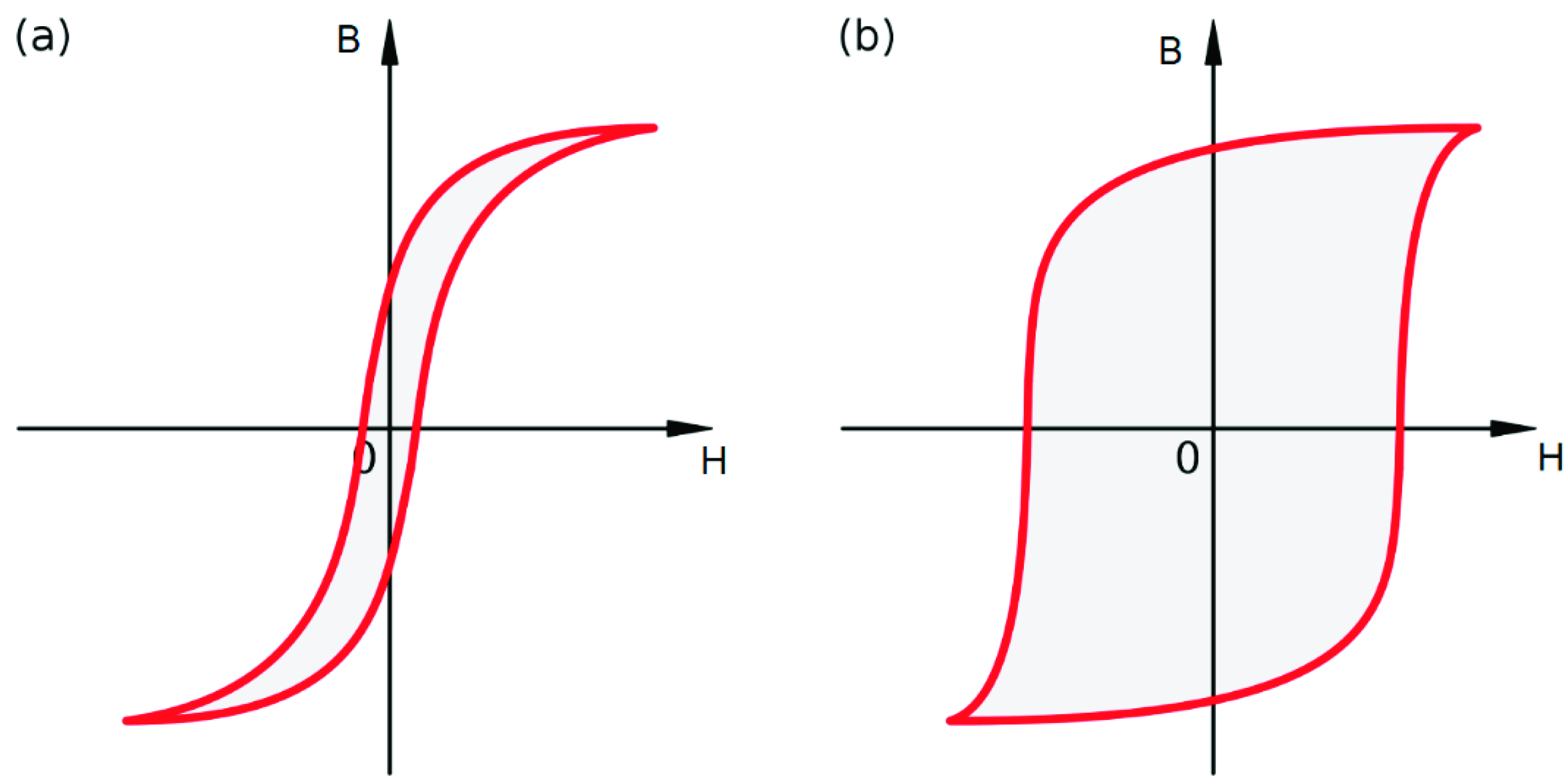
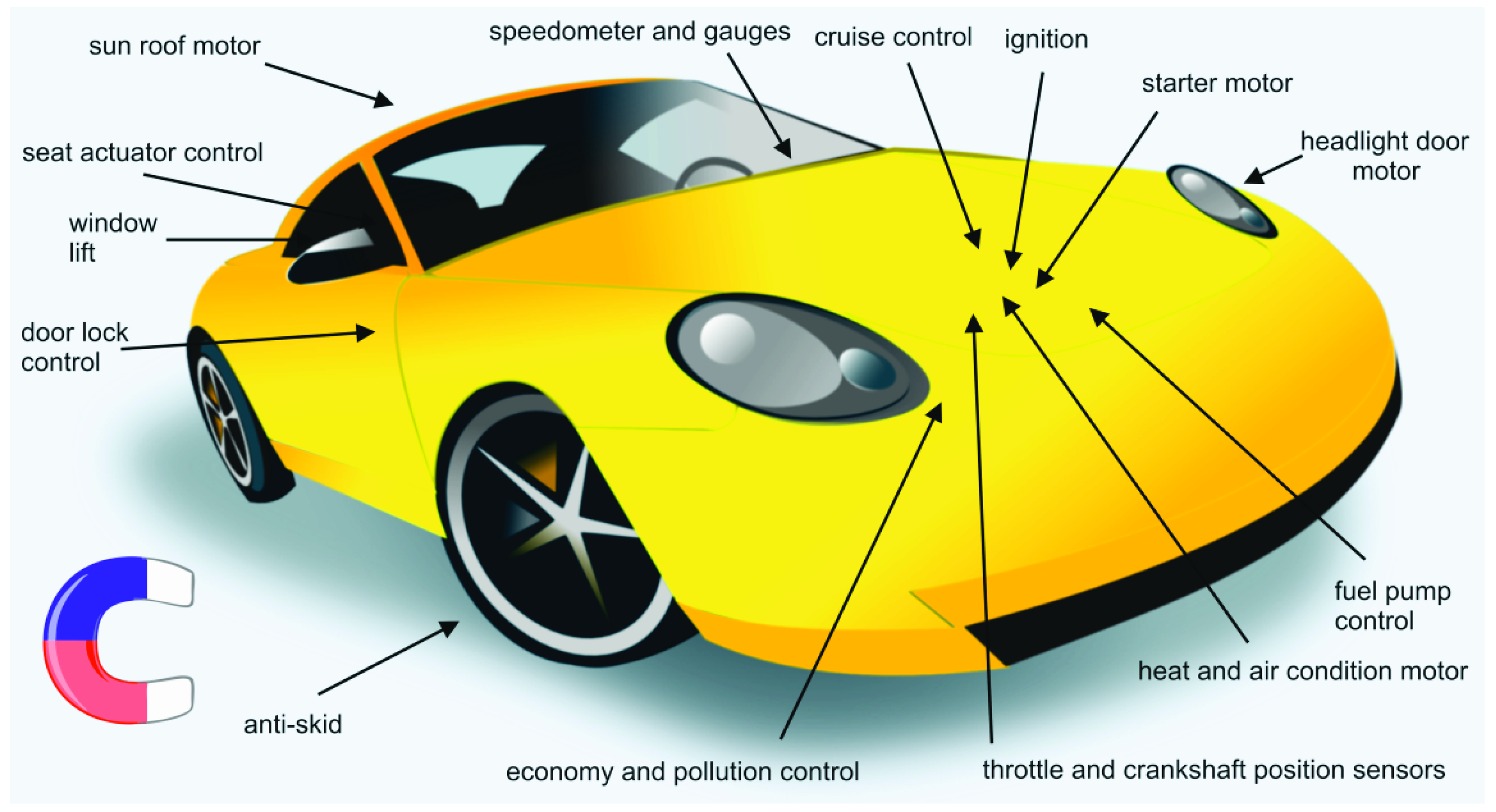
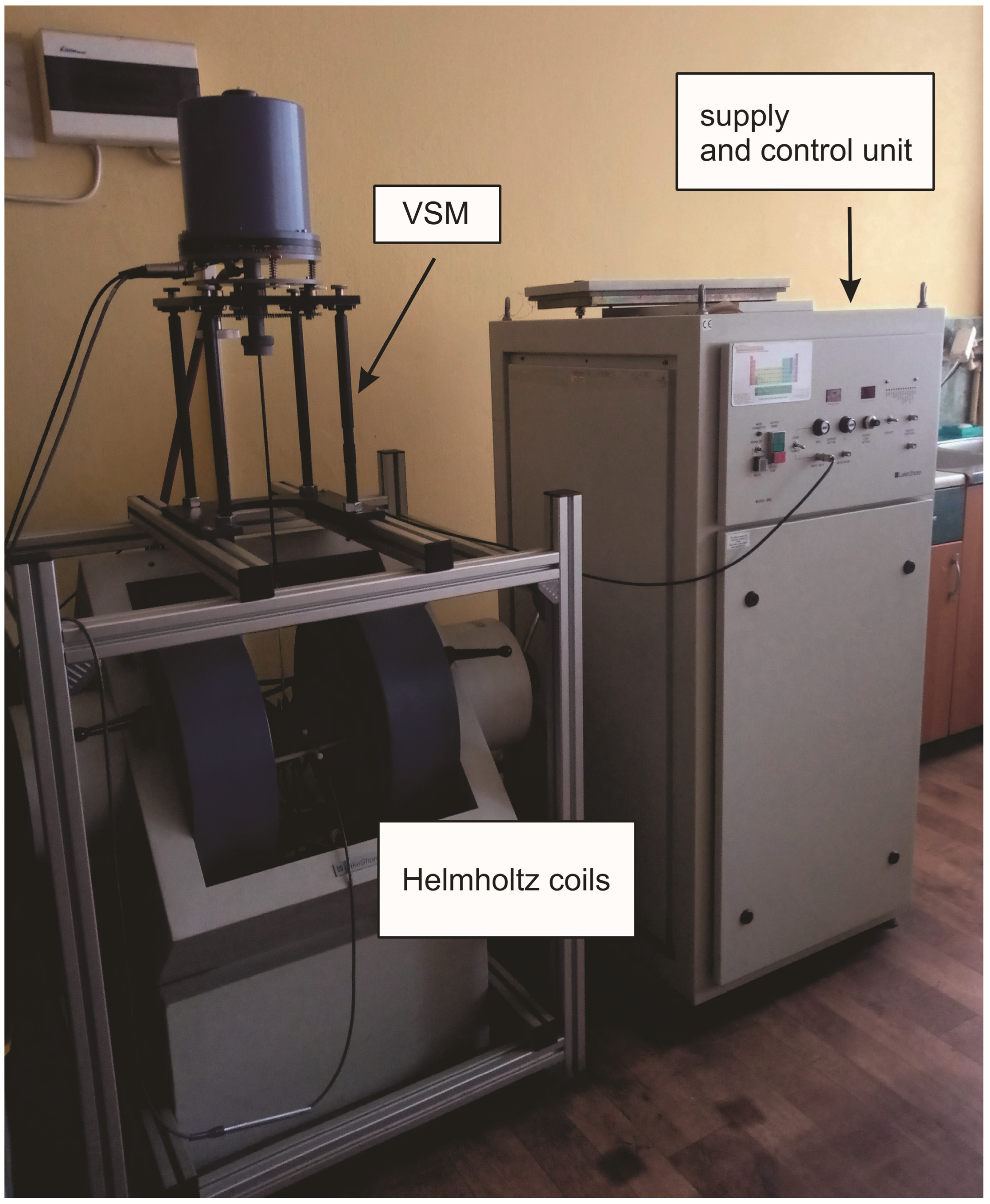

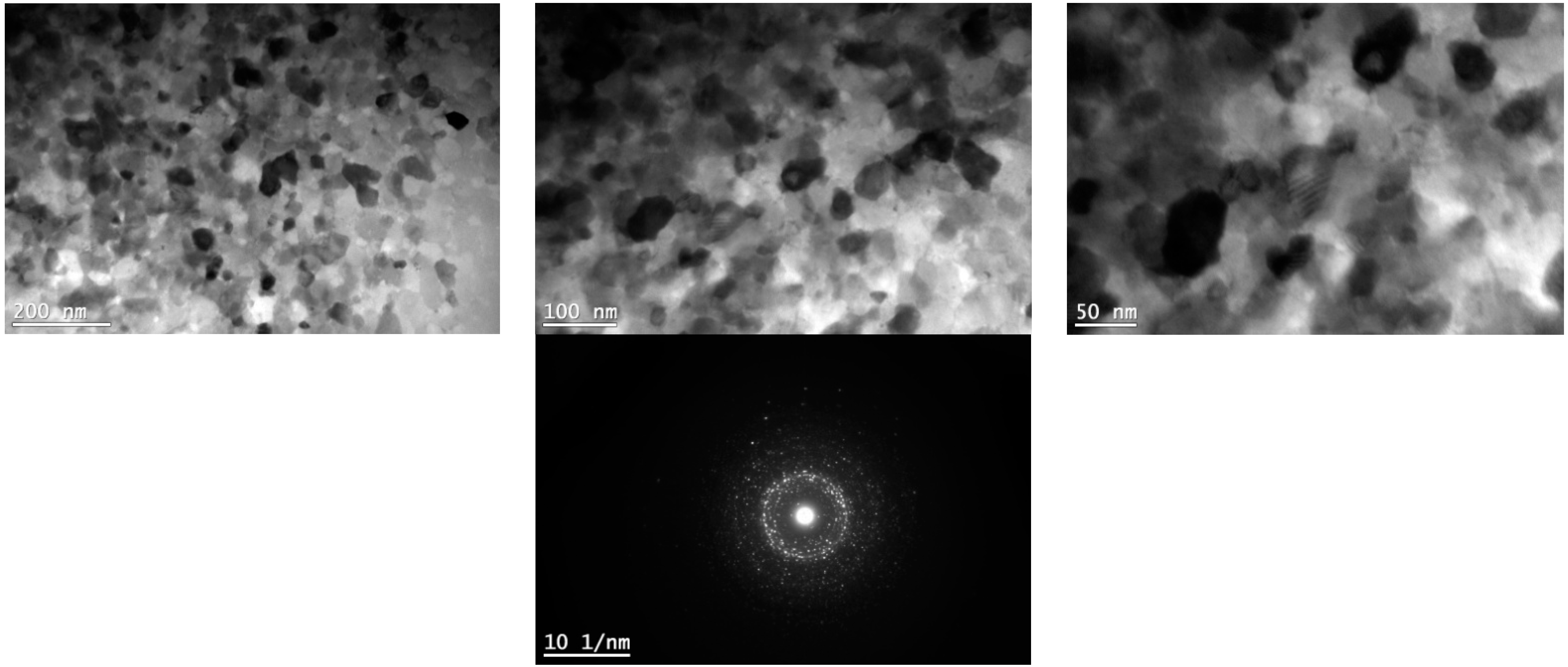

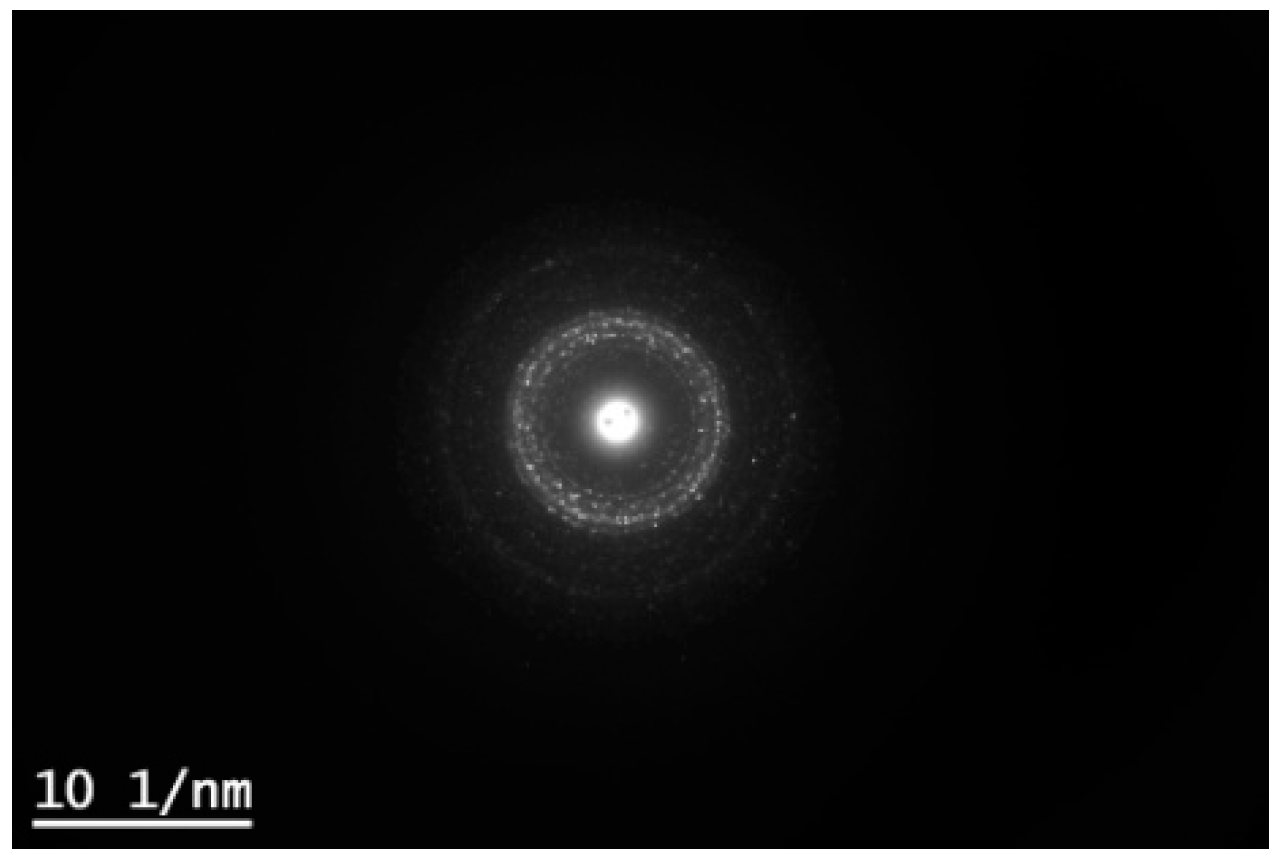
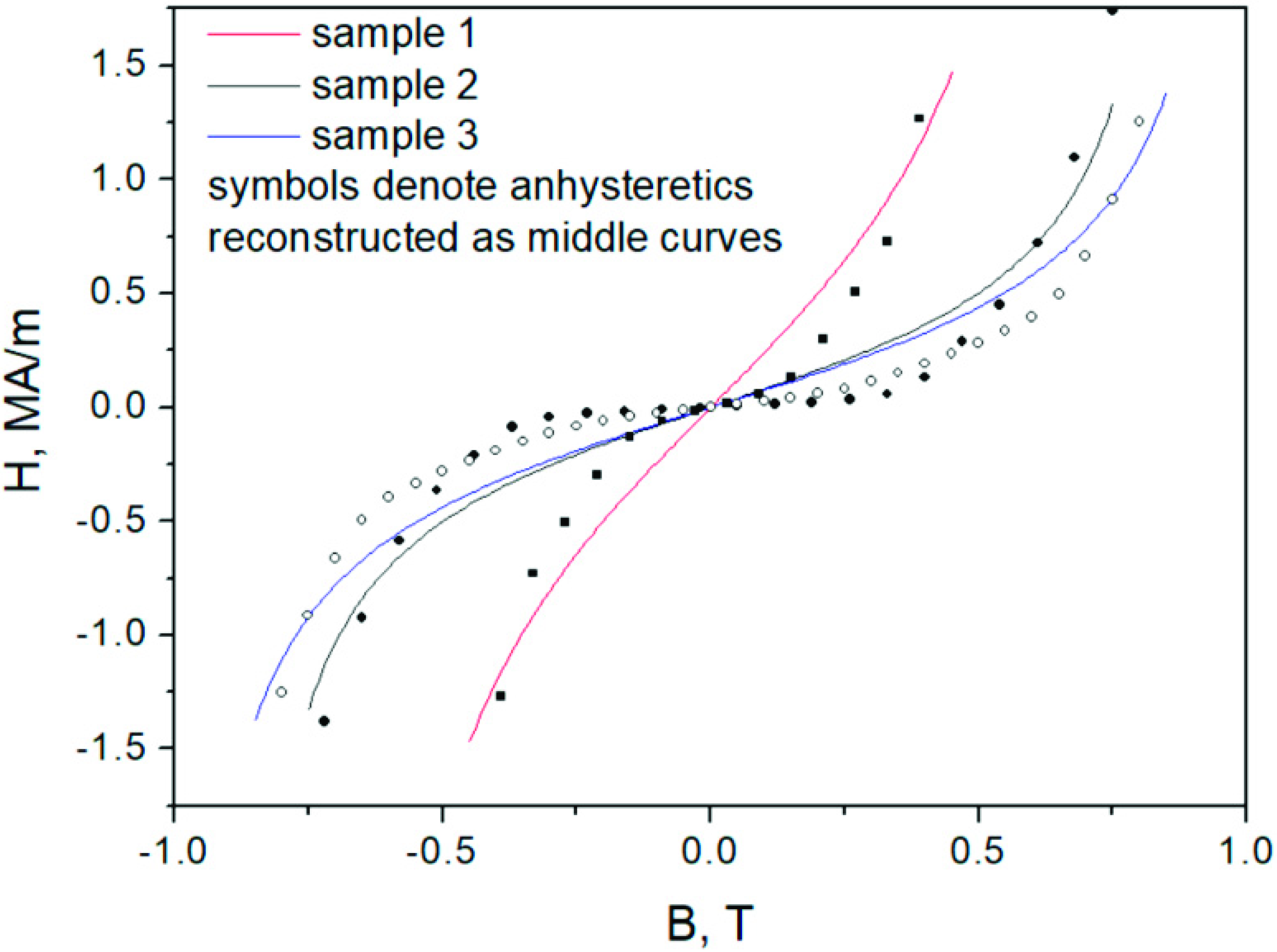
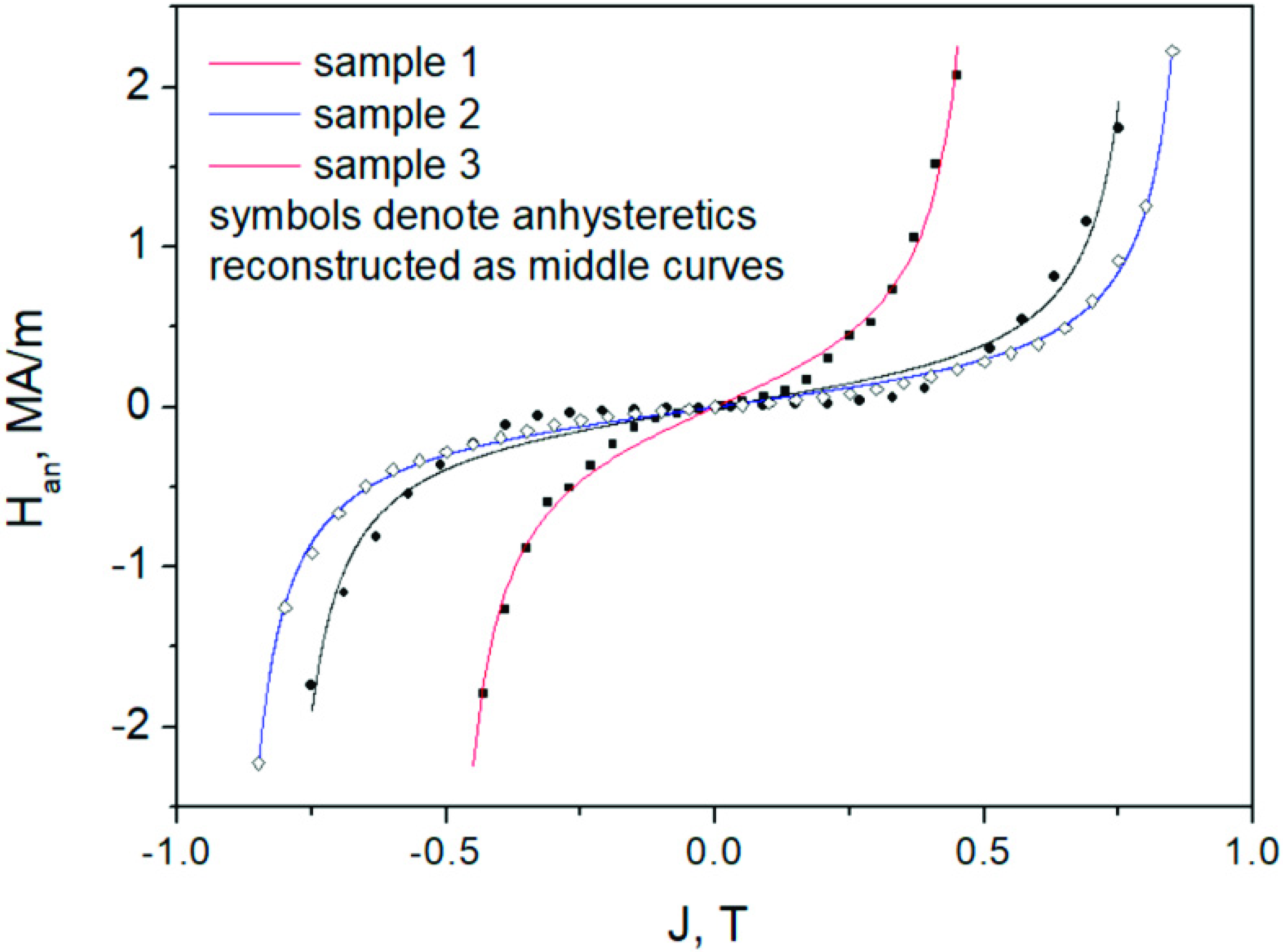

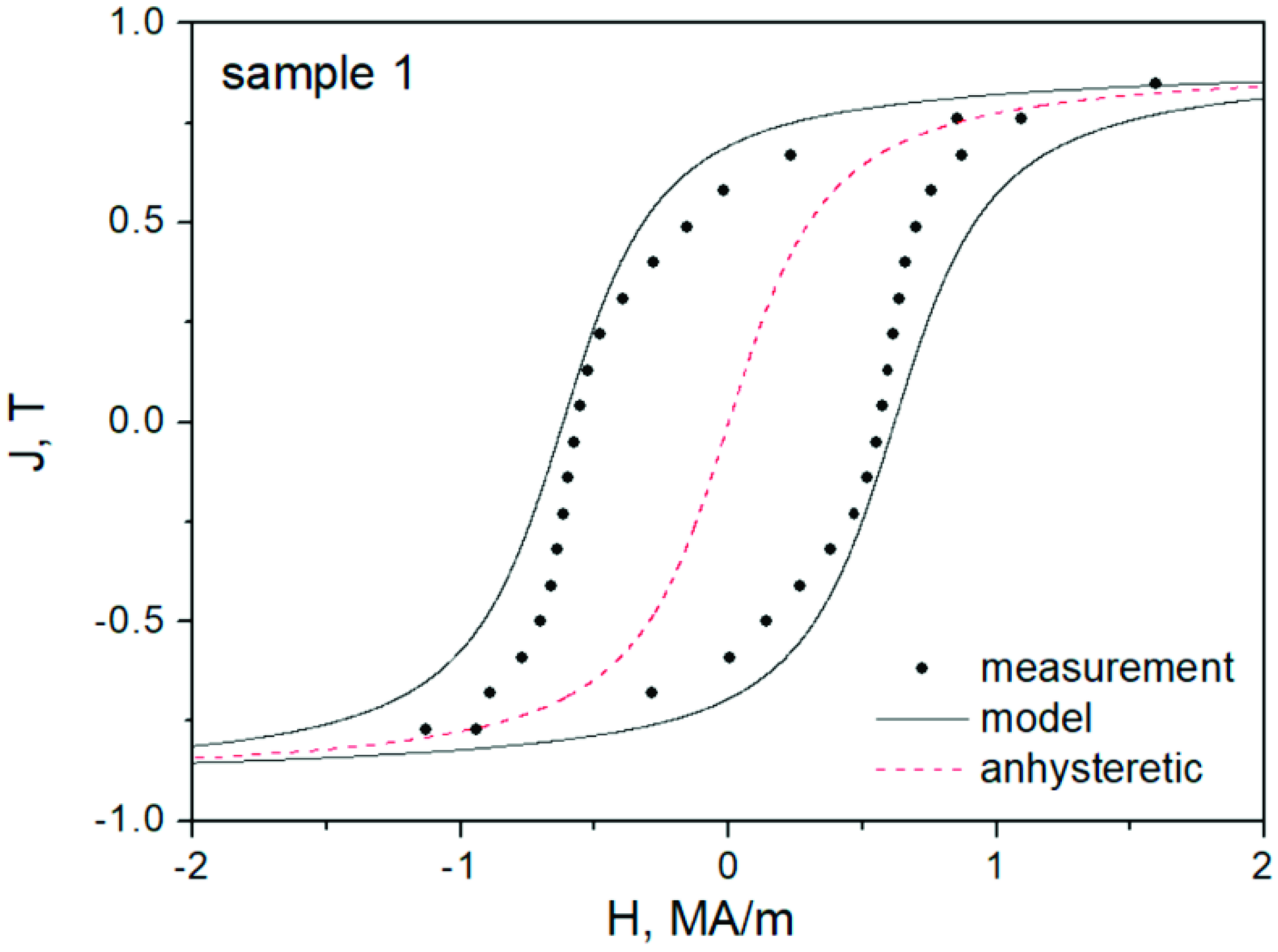
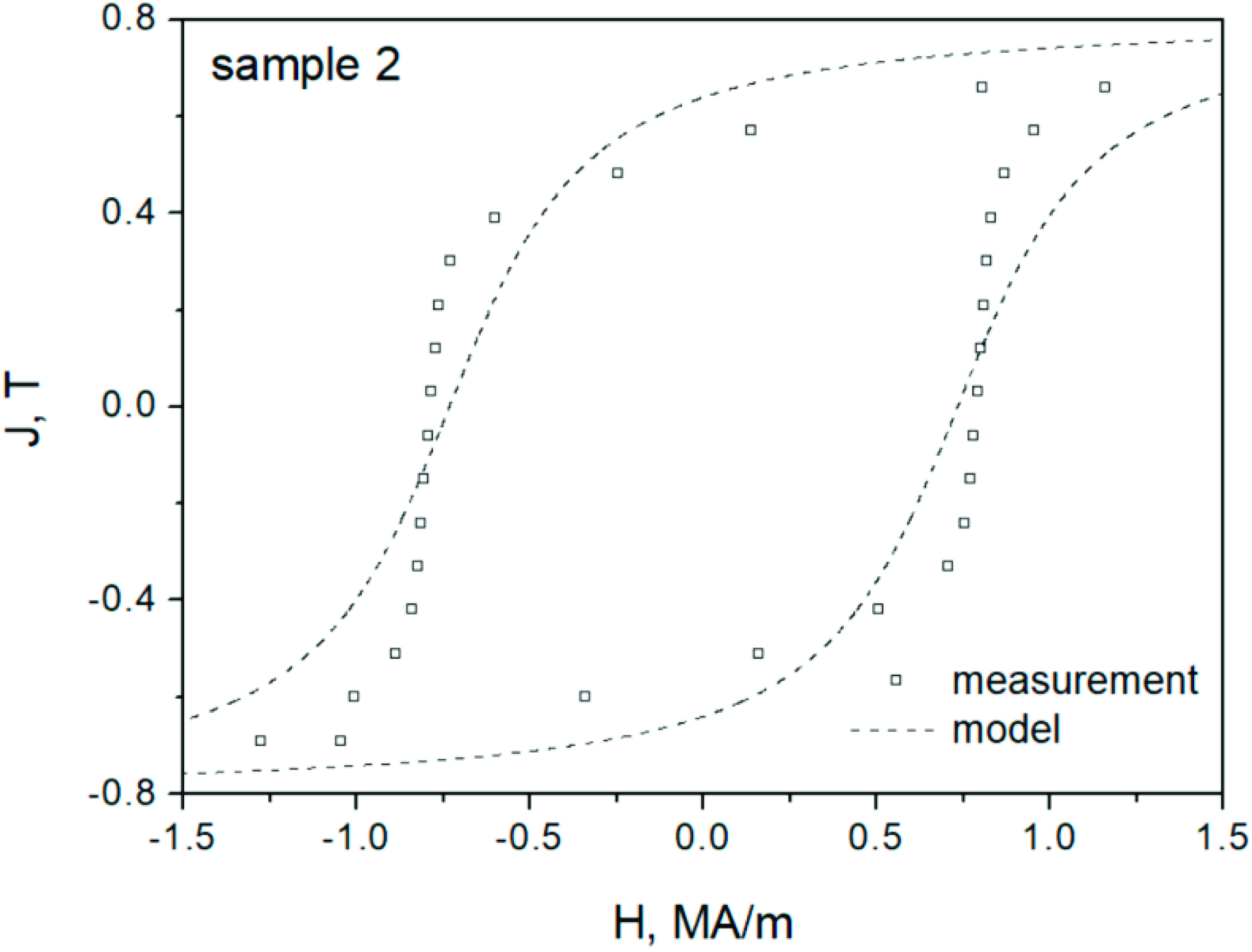

| Model | Preisach | Jiles–Atherton | GRUCAD [28] | Harrison [29] | T(x) [30] |
|---|---|---|---|---|---|
| Philosophy | A typical “bottom-up” approach, hysteresis loop obtained from superposition of elementary relay-like M(H) dependencies from abstract units called hysterons | Hysteresis loop is obtained as shift or offset from theoretical curve supposed to represent purely reversible magnetization processes | Same philosophy as for the Jiles–Atherton model, but the shift is carried out along H axis, not M axis | Hysteresis occurs on microscopic (quantum) scale and is related to bistability of elementary M(H) dependence. Upscaling of irreversibility to the domain scale is carried out using a phenomenological coefficient β. Irreversible and reversible curves are summed up at the domain scale yielding realistic hysteresis loops. | A flexible mathematical tool based on hyperbolic tangent transformation |
| Coupling/interactions | Coupling between elementary contributions is inherent in the model due to its operation principle (summation of weighted contributions from elementary hysterons); there are model modifications explicitly based on “effective field” as the argument | Coupling described with the expression for the “effective field”, which plays a paramount role in the model [20]. | Not given explicitly in model equations | Coupling is expressed in the model by upscaling quantum scale irreversible effects with the coefficient β, describing head-to-tail alignment of atomic moments; the “effective field” (positive feedback) is related to irreversibility | Coupling may be introduced into model equations if the abstract notation is interpreted in terms of physical quantities [31] |
| Anhysteretic curve | Feature of secondary importance, yet possible to be recovered and interpreted [32,33,34] | Given explicitly in one of model equations; usually with the modified Langevin function [20] | Given explicitly in model equations | Given explicitly in model equations with the Langevin function (not “modified” as in the Jiles–Atherton approach) | Mathematical expression may be recovered from the equations for loop branches; interpreted as the locus of minor loop tips [35] |
| Reversal curves, minor loops | yes [18,19] | yes, but the representation is rather poor, unless some modifications are introduced [36,37] | yes [38,39] | possible, but somewhat awkward computation chain for reversal curves [40] | following the general rules for hyperbolic tangent transformation [21] |
| Anisotropy | possible to be incorporated in the model if weighted projections along different arbitrary axes are summed up [18] | possible to be incorporated by a proper modification of the equation for the “anhysteretic” curve [41,42,43] | possible to be incorporated | possible to be incorporated | not specified |
| B-input model | possible, but requires special numerical procedures [44,45,46] | possible [47,48] | inherent feature of the model | possible, applied in this context in [49] | possible [50] |
| The effect of stress on hysteresis loop | possible [51,52] | originally developed for this purpose [53], subsequently refined [54,55] | probably possible | possible, applied in this context in [49] | possible [56] |
| The effect of temperature on hysteresis loop | possible [57,58] | possible [59,60] | possible [61] | possible [29,62] | possible [63,64] |
| Designation | Composition | Annealing Conditions | JHC [kA/m] | Jr [T] | Js [T] | (BH)max [kJ/m3] |
|---|---|---|---|---|---|---|
| Sample 1 | Pr8Dy1Fe60Co7Ni6B14Zr1Ti3 | 1023 K/5 min | 563 | 0.75 | 1.06 | 66.0 |
| Sample 2 | Pr8Dy1Fe60Co7Ni3Mn3B14Zr1Ti3 | 963 K/5 min | 790 | 0.68 | 0.93 | 73.7 |
| Sample 3 | Pr8Dy1F60Co7Mn6B14Zr1Ti3 | 983 K/5 min | 984 | 0.52 | 0.75 | 43.3 |
| Designation | , [MA/m] |
|---|---|
| Sample 1 | 2.60 |
| Sample 2 | 2.45 |
| Sample 3 | 5.95 |
| Designation | , [kA/m] | JS [T] |
|---|---|---|
| Sample 1 | 140.2 | 0.908 |
| Sample 2 | 152.0 | 0.817 |
| Sample 3 | 299.2 | 0.530 |
Publisher’s Note: MDPI stays neutral with regard to jurisdictional claims in published maps and institutional affiliations. |
© 2022 by the authors. Licensee MDPI, Basel, Switzerland. This article is an open access article distributed under the terms and conditions of the Creative Commons Attribution (CC BY) license (https://creativecommons.org/licenses/by/4.0/).
Share and Cite
Przybył, A.; Gębara, P.; Gozdur, R.; Chwastek, K. Modeling of Magnetic Properties of Rare-Earth Hard Magnets. Energies 2022, 15, 7951. https://doi.org/10.3390/en15217951
Przybył A, Gębara P, Gozdur R, Chwastek K. Modeling of Magnetic Properties of Rare-Earth Hard Magnets. Energies. 2022; 15(21):7951. https://doi.org/10.3390/en15217951
Chicago/Turabian StylePrzybył, Anna, Piotr Gębara, Roman Gozdur, and Krzysztof Chwastek. 2022. "Modeling of Magnetic Properties of Rare-Earth Hard Magnets" Energies 15, no. 21: 7951. https://doi.org/10.3390/en15217951
APA StylePrzybył, A., Gębara, P., Gozdur, R., & Chwastek, K. (2022). Modeling of Magnetic Properties of Rare-Earth Hard Magnets. Energies, 15(21), 7951. https://doi.org/10.3390/en15217951









